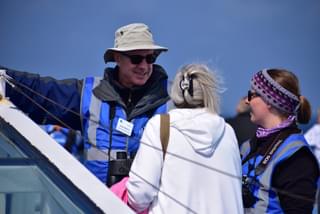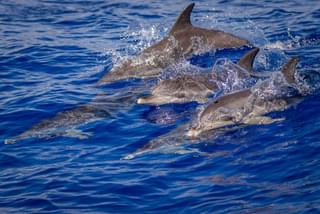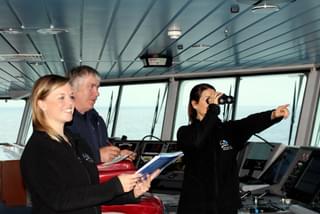Northern bottlenose whale
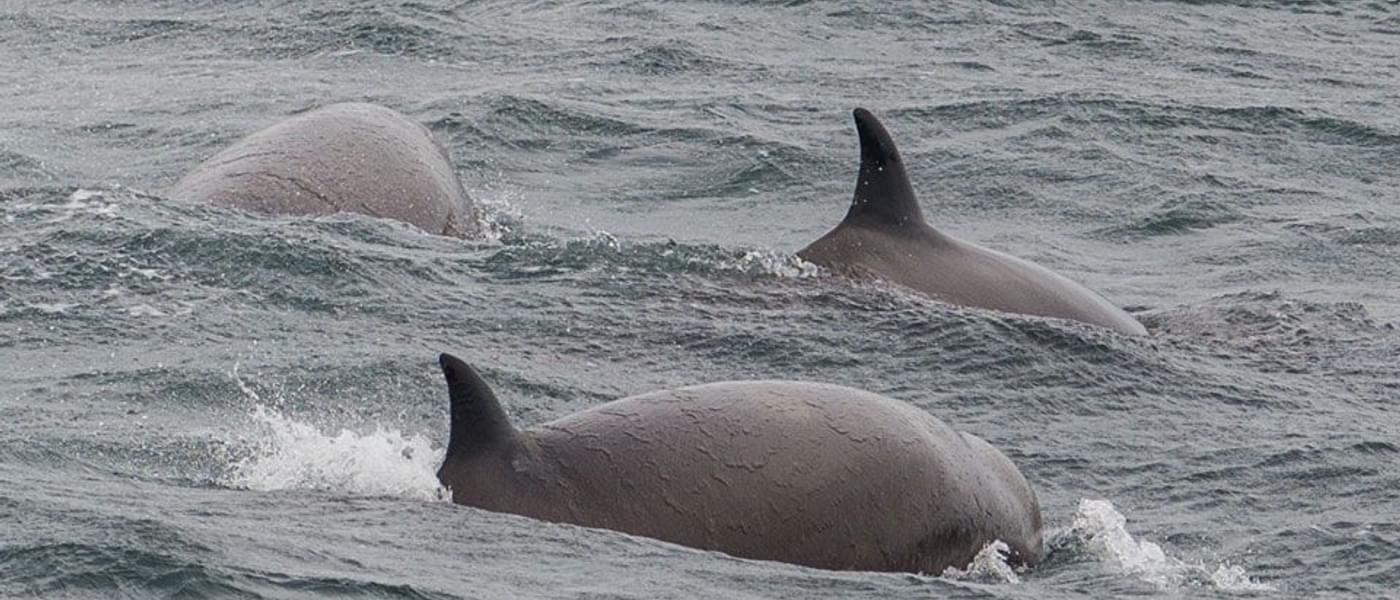
Hyperoodon ampullatus
7 - 9.5m
Grey/brown
Teeth
Dorsal fin
The northern bottlenose whale is the largest beaked whale in the European Atlantic. It has a very distinctive “bulbous melon” head and a small stubby beak. It is grey/brown in colour with a lighter-coloured underside. The bulbous melon becomes paler and larger in mature animals and is more pronounced in males than females. Males have a pair of small, rarely visible teeth at the tip of the lower jaw. Northern bottlenose whales are the only cetacean to have a ‘W’ shaped tail fluke.
Key features:
- Large bulbous melon and prominent beak
- Curved dorsal fin situated 2/3rd along the back
- Unique 'w-shaped' tail fluke
- Often logging or slow swimming
Behaviour
The northern bottlenose whale typically travels in small groups of 1-10 individuals. Lobtailing, spyhopping and breaching are not uncommon, but they are typically seen slowly moving and logging at the surface.
Threats
Tens of thousands of northern bottlenose dolphins were killed before they became a protected species in 1977. As these animals are a deep diving species, a large threat they face is that of ship sonar, which can confuse these animals that use noise to locate their food at depth. Other threats include: marine pollutants (particularly plastic), entanglement in fishing gear, collision with ships, overfishing of prey species and climate change, as this can alter their habitat and the location of food.
Distribution
Northern bottlenose whales are most commonly seen in deep water beyond the continental shelf and around deep-sea canyons. ORCA record this species in the Bay of Biscay each year, but there appear to be an abundance of them in the Arctic Ocean between Iceland and southwest Svalbard. Research suggests that populations in the western North Atlantic are resident year-round but at least some populations in Europe appear to be migratory.
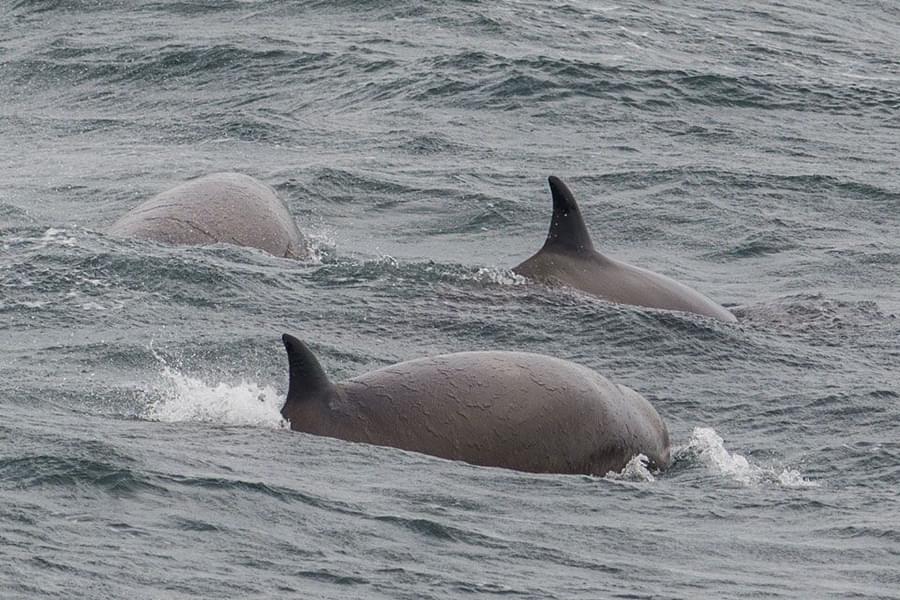
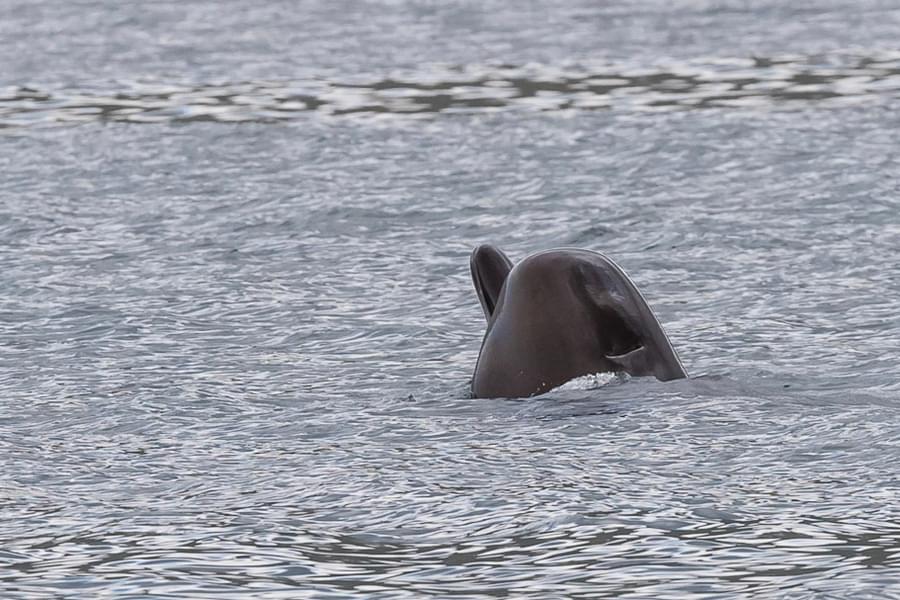
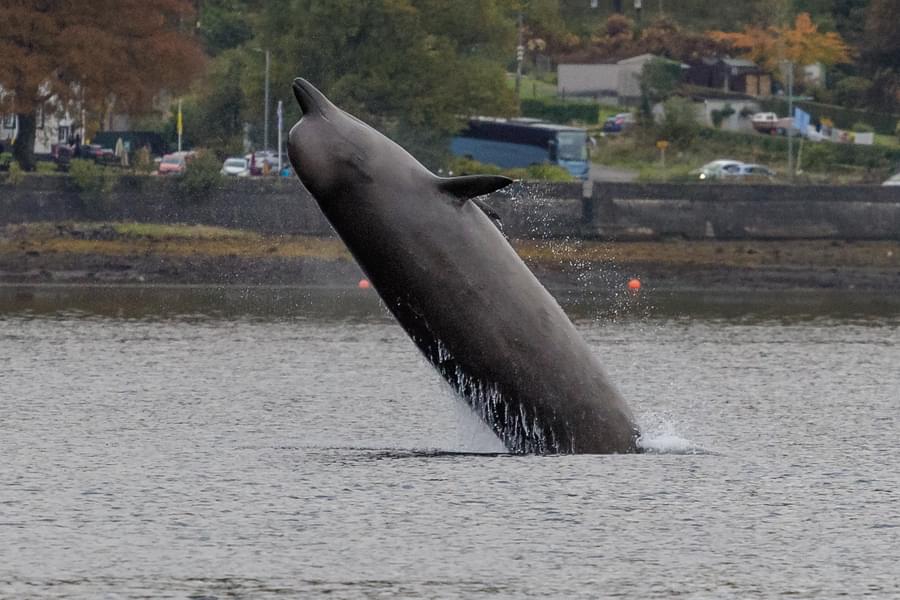
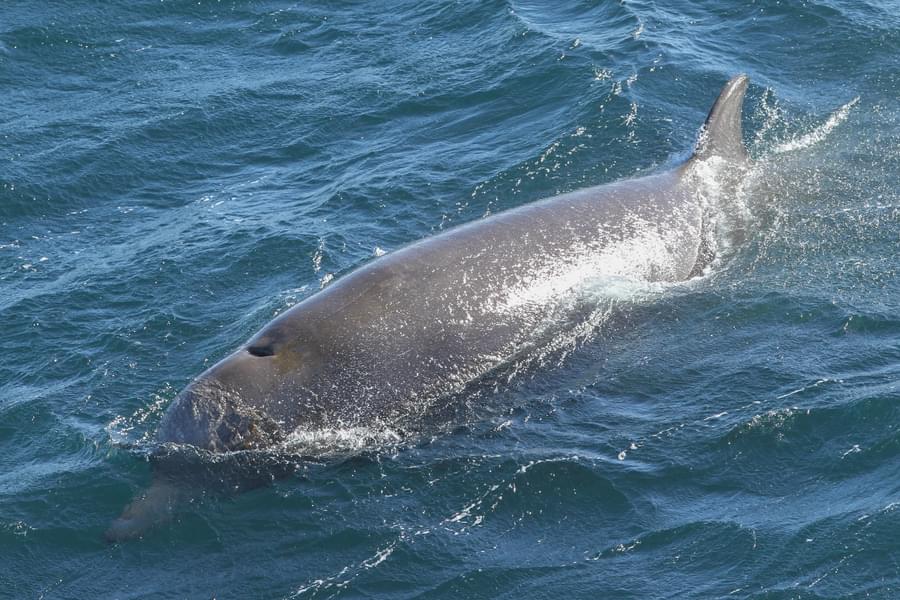
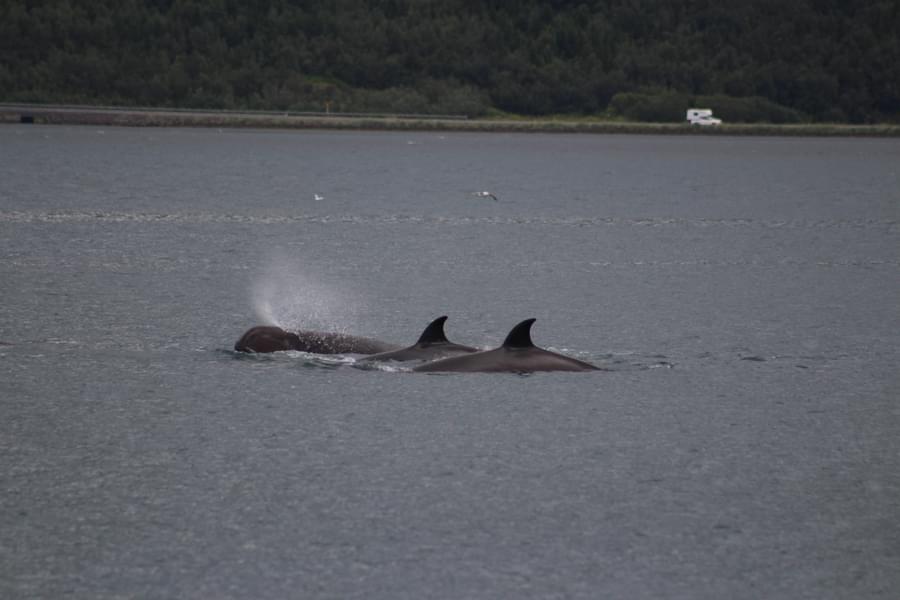
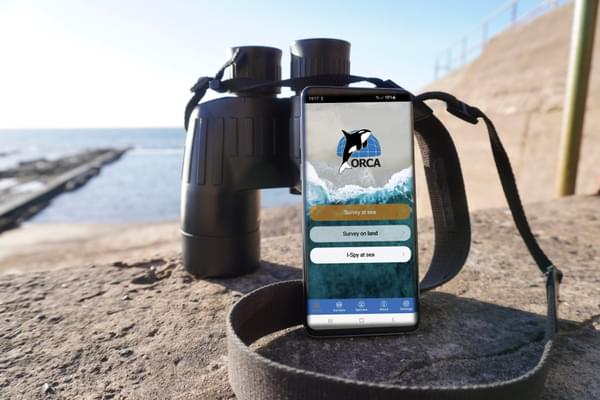
Study whales and dolphins as an ORCA OceanWatcher
The ORCA OceanWatchers online training course, along with a bespoke app, will enable everyone to collect data about whales, dolphins and porpoises. And it can be collected from anywhere that you can see the sea - whether that’s from your local beach, on holiday at the coast, scanning the seas from a cruise ship, travelling via ferry, or from your own boat.
You may also be interested in

